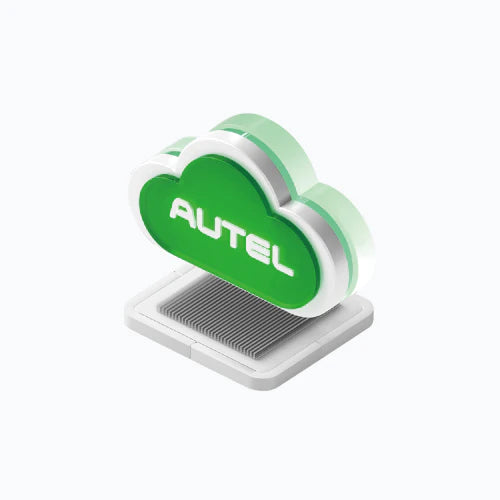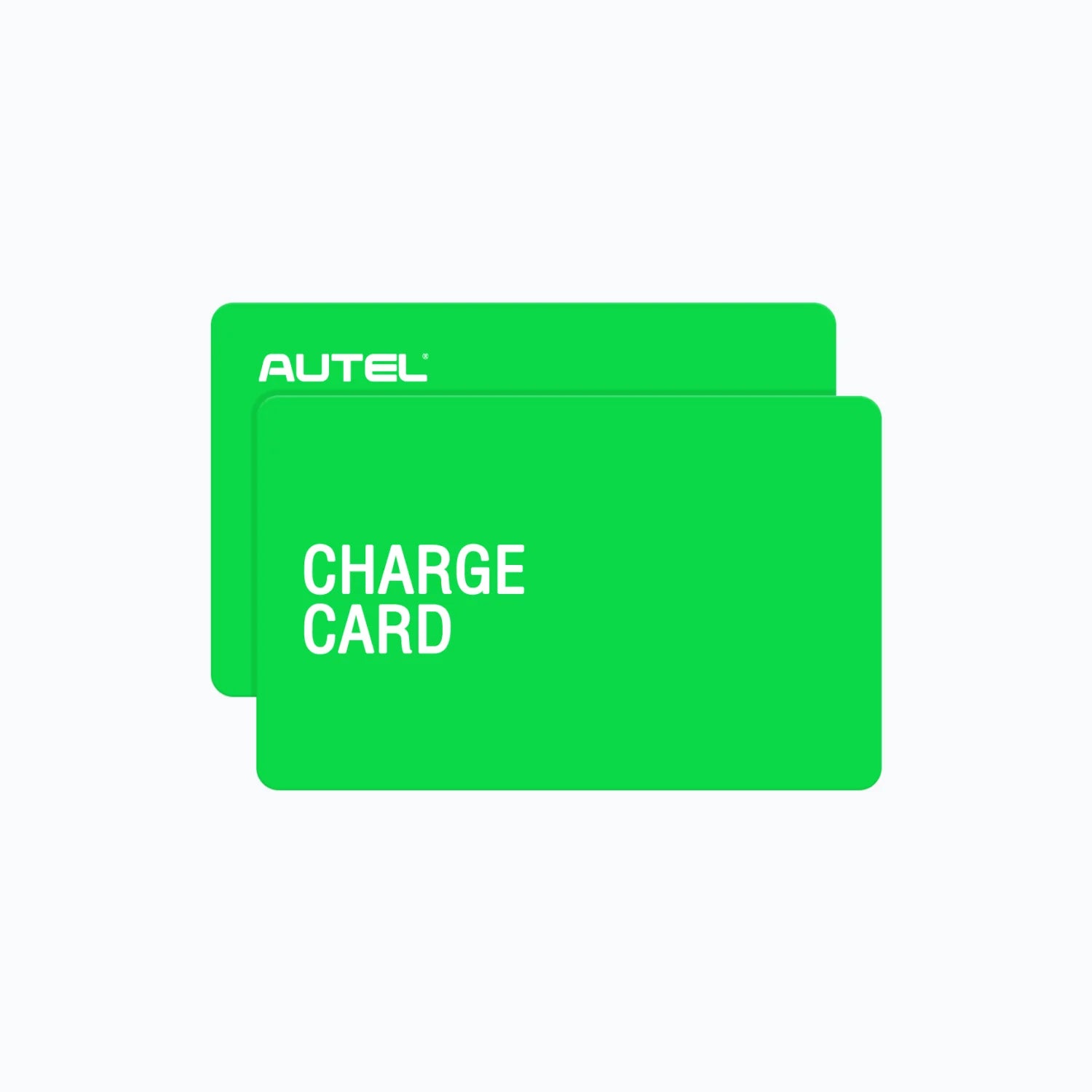Yes, you can install an electric vehicle charger in your home. With the growing popularity of electric vehicles (EVs), many homeowners are considering the convenience of installing a charging station in their homes. Installing an EV charger in your home not only increases the availability of EVs but also increases the value of your property. This guide will show you the essentials of installing a home EV charger from type to maintenance.
What Are the Different Types of Electric Car Chargers?
Electric car chargers come in three primary types:
-
Level 1 Chargers: These use a standard 120-volt outlet, which means they can be used in any home without additional electrical work. However, they charge slowly, usually only about 4-5 miles per hour.
-
Level 2 Chargers: These operate on 240 volts and offer a much faster charging speed, typically providing about 20-25 miles per hour. Most home installations involve Level 2 chargers.

-
DC Fast Chargers: Mostly used in commercial settings due to their high power requirements, these chargers can charge an EV battery up to 80% in just 30 minutes.
Is My Home Eligible for an EV Charger Installation?
When considering the installation of an electric vehicle (EV) charger at home, it's essential to evaluate several factors to determine if your residence can accommodate this addition. Here’s what you need to consider:
Electrical System Capacity
-
Main Service Panel: Your home's electrical panel must have sufficient capacity to handle the additional load of an EV charger, especially if you opt for a Level 2 charger, which requires more power. Check if there is enough spare capacity or if an upgrade is needed.
-
Circuit Requirements: Level 2 EV chargers typically require a dedicated 240-volt circuit. It's important to ensure that your existing electrical system can support this without overloading.
Space and Installation Location
-
Proximity to Parking: The charger should ideally be installed close to where your car is parked, ensuring ease of use and minimal disruption to your home’s layout.
-
ve space indoors (like a garage) or if you will need an outdoor installation. Outdoor chargers need to be weatherproof and possibly vandal-resistant, depending on your location.
Local Building Codes and Permit Requirements
-
Permits: Many localities require a permit for installing an EV charger. This ensures that the installation complies with all local electrical codes and safety standards.
-
Inspection: After installation, a professional inspection may be required to certify that the charger is safely installed and operational.
By assessing these factors, you can determine if your home is suitable for an EV charger installation and plan accordingly to ensure a smooth and safe addition to your home infrastructure.
How to Install an EV Charger at Home
Installing an electric vehicle (EV) charger in your home can improve the convenience of charging your EV overnight. Here is a general guide on how to install an EV charger at home:
Step 1: Choose the Right Type of Charger
First, you need to decide which type of EV charger suits your needs. The most common home installation is the Level 2 charger, which offers a good balance between charging speed and cost.
-
Level 1 Chargers: Utilize a standard 120-volt outlet. Suitable for overnight charging if you drive less frequently or shorter distances.
-
Level 2 Chargers: Require a 240-volt outlet (similar to what an oven or dryer uses). These chargers are faster and more efficient, making them ideal for regular use.
Step 2: Assess Your Home’s Electrical System
Before purchasing an EV charger, it's important to ensure your home's electrical system can handle the additional load. Hire a qualified electrician to inspect your system. They will check:
-
Electrical Panel: Whether you have enough capacity to add a new 240-volt circuit.
-
Circuit Breaker: If there is space to add a new breaker for the charger.
-
Overall Safety: Ensure that your electrical system is up-to-date and can safely support the new equipment.

Step 3: Obtain Necessary Permits
Depending on where you live, you may need to obtain a permit before you can install an EV charger. This typically involves:
-
Checking Local Codes: Contact your local building department to understand the specific requirements and regulations.
-
Filing for Permits: Submit the necessary documents and plans for approval.
Step 4: Purchase the Charger
Choose a charger that has the features you need, such as programmable timing, a cord length that fits your parking setup, and compatibility with your vehicle. Make sure it is certified by relevant authorities for safety and efficiency.
Step 5: Professional Installation
It's highly recommended to have your EV charger installed by a professional electrician. They will:
-
Install a Dedicated Circuit: To ensure safety and proper functioning, a dedicated 240-volt circuit will be installed.
-
Mount the Charger: Securely attach the charger to a wall, considering factors like distance to the vehicle and ease of use.
-
Connect the Wiring: Properly connect the charger to your home’s electrical system.
Step 6: Final Inspection and Testing
After installation, have the electrician or an inspector come out to ensure everything is set up correctly and safely. They will test the charger to confirm it's working properly.
Step 7: Register Your Charger (if required)
Some manufacturers require you to register your charger for warranty purposes. Additionally, registering the charger might also help you receive updates on software or recalls.
Step 8: Start Charging
Once everything is installed and tested, you’re ready to start charging your EV at home. Make the most of your charger by setting up charging schedules that align with utility rates to reduce costs.
Additional Tips:
-
Consider Smart EV Chargers: These can be connected to home Wi-Fi to allow remote control and scheduling via a smartphone app.
-
Check for Incentives: Look for local, state, or federal incentives that might help offset the cost of the charger and installation.
By following these steps, you can successfully install an EV charger at home, providing you with the convenience and readiness to drive your electric vehicle anytime.
Benefits of Installing a Home EV Charger
-
Convenience: Charge your car in the driveway and use it the next day.
-
Increased Home Value: Homes equipped with EV chargers are more attractive to potential buyers, potentially increasing property values.
-
Cost Savings: Charging at home is often cheaper than charging at a public charging station, especially during off-peak hours.
-
Reduce emissions: Home charging can reduce your carbon footprint, especially when combined with renewable energy.
-
Optimize battery life: Regular charging at home can help extend the life of your car's battery compared to frequent use of a fast charger.
-
Safe and secure: Charge safely and securely in the privacy of your own home.
Are There Any Legal Considerations or Regulations?
When you're thinking about putting in an EV charger at home, don't forget to check the legal stuff. You'll probably need a permit since most towns want to make sure everything's up to code. And if you've got an HOA, make sure to give their rules a look too—they might have some specific dos and don'ts about installations. Getting this right means you won’t hit any snags as you get set up.
How Can I Maintain My Home EV Charger?
-
Regularly Check for Damage: Every now and then, take a look at your charger for any signs of wear or damage, especially if it's installed outside.
-
Keep it Clean: Dust and debris can build up, so wipe down your charger periodically to keep it clean.
-
Update Software: If your charger has smart features, make sure its software is up to date to keep it running smoothly and securely.
-
Annual Inspections: Consider having an electrician check your charger once a year to ensure everything's working as it should and to maintain safety standards.
These simple steps can help extend the life of your charger and ensure it provides reliable service.
Where Can I Find Reliable Information and Resources?
For reliable information and resources on installing a home EV charger, you can explore a variety of authoritative sources:
-
Department of Energy (DOE): The U.S. Department of Energy provides comprehensive resources about electric vehicles, including details on different types of chargers, installation guidelines, and energy efficiency considerations.
-
Energy Star: This program offers information on energy-efficient products, including certified EV chargers that meet strict energy performance standards.
-
Local Government and Utility Companies: Many local government websites and utility companies provide information on regulations, permits, and possible incentives for EV charger installations.
-
Autel Energy: For high-quality EV chargers and detailed product information, visit Autel Energy. They offer a range of EV charging solutions and provide helpful customer support to assist with choosing the right charger and understanding installation requirements.
By consulting these sources, you can ensure that you have access to accurate and up-to-date information for setting up your home EV charging station.
Conclusion
Installing an electric vehicle charger in your home is a forward-thinking choice. By understanding the types of chargers, installation requirements and maintenance, you can enhance your EV experience and contribute to the environment.














Leave a comment
All comments are moderated before being published.
This site is protected by hCaptcha and the hCaptcha Privacy Policy and Terms of Service apply.